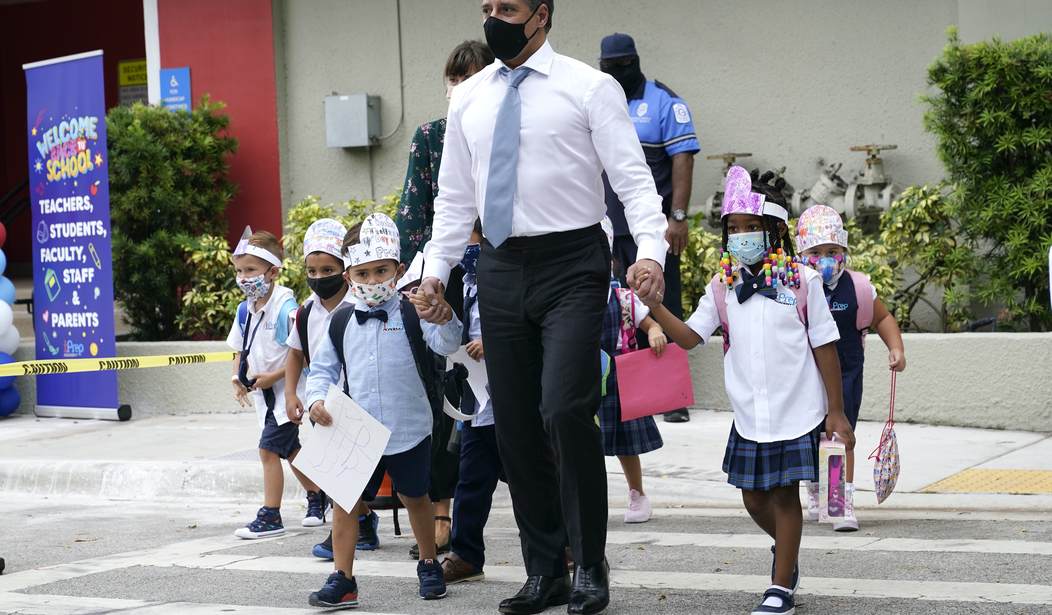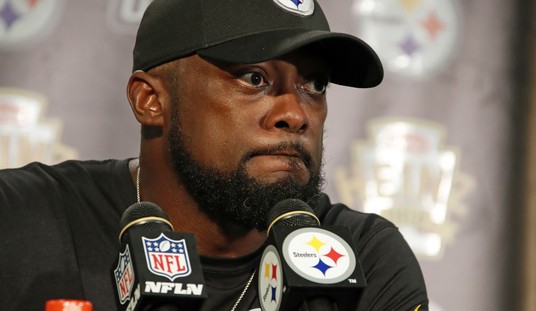New CDC guidance on the effectiveness of masking has just changed the dynamic of the mask debate in schools. Now masking can be made optional in schools thanks to some new studies that reveal the uselessness of cloth masks compared to the N95 respirators.
The importance of this guidance is that the N95 respirator is highly effective at protecting its wearers, regardless of what people around them are doing. The old argument, “my mask protects you and your mask protects me” is obsolete — if it were ever true in the first place.
Three prominent doctors at three of the most respected university hospitals in the country have written an op-ed in the Washington Post advocating for making masks optional in schools.
The doctors were originally supportive of masking policies given what was known at the time. But that has changed.
But universal masking policies in schools have not come without costs. In certain parts of the country where CDC mask guidelines were rigorously adhered to, children have not seen the faces of their teachers or classmates since early 2020. This affects learning and development, particularly for our youngest learners. Maintaining aggressive mitigation policies, including strident mask rules, also sends children, families and staff the message that schools are not safe. This is simply not true.
Then, a worrying pattern developed: “punitive mask culture.”
As parents of school-aged children, we have also noticed a disturbing pattern, especially during the omicron surge: punitive mask culture. This can take many forms. Some older children, for example, have been given detentions and even suspensions due to “mask slippage” or improper mask-wearing. Younger children have also been subjected to harsh rules to minimize the spread of covid-19 during lunch hours, often their only mask-free time during the school day. Some must eat in total silence during mealtimes. Others have “expedited” lunch or are instructed to pull their mask down to take a bite and pull it back up to chew. Activities intended to relieve stress, including recess and gym, have been curtailed because of the danger of “increased exhalation.”
And surprise, surprise — Hopkinton High School in Massachusetts reported something odd when mask-wearing was made optional.
Hopkinton High School in Massachusetts, in a region which boasts a 98 percent vaccination rate, offers a glimpse of what happens when students are given the opportunity to move from mandatory to optional masking. During their brief masking-optional pilot, the school reported that “smiling is more contagious than covid-19,” and a survey of students found that 70 percent said the policy improved their experience, including their ability to learn.
This is something that mask-optional school districts have known for months. It’s why parents have been fighting so hard for “one-way masking.”
The omicron wave will soon be behind us, and, barring the imminent arrival of the next variant, we can all hope for quieter times this spring. We urge public health and school officials to educate communities on one-way masking, emphasizing personal choice regarding self-protection and supporting those who choose to remain masked. Time and energy that staff spend policing mask use is far better spent on teaching and supporting children. It’s time we stopped worrying about what others are doing and started focusing on protecting ourselves. We have many more tools in 2022 than we did in 2020, and our policies should shift to reflect these advances.
Our children have sacrificed a lot to protect us. Now it’s time for us to give them their childhood back.
“Personal choice,” “supporting those who choose to remain masked…” Looks like freedom. Sounds like freedom. Perhaps freedom is breaking out all over the schools.
Unfortunately, we know that not to be the case. If they weren’t allowing the option to wear masks before, they certainly won’t do it now.










Join the conversation as a VIP Member